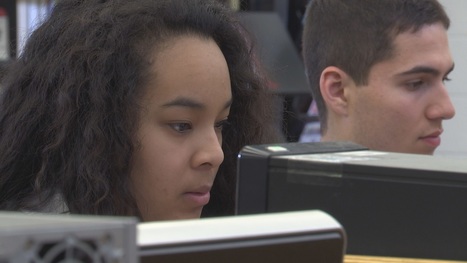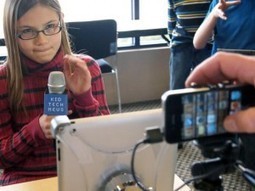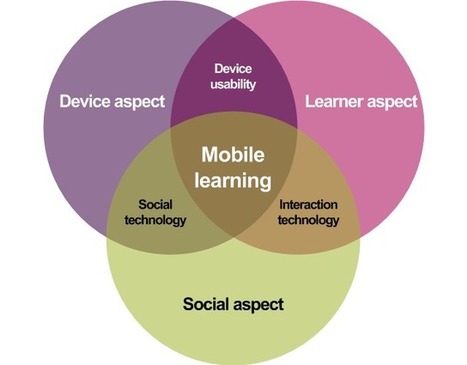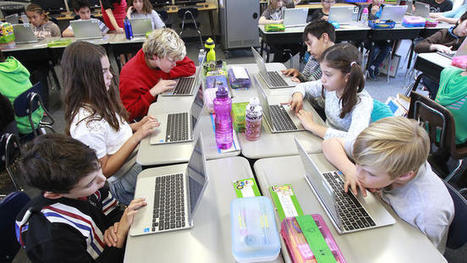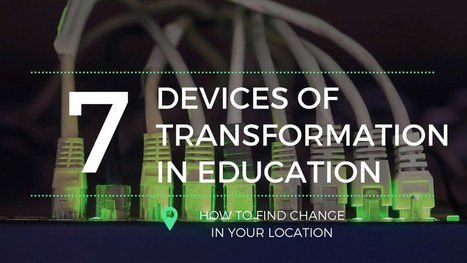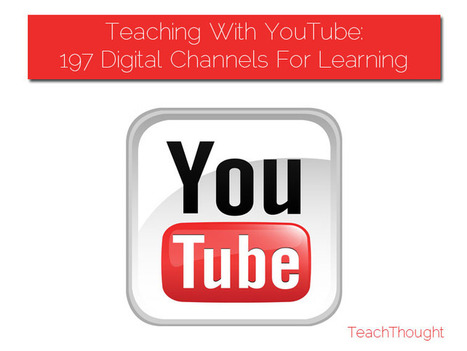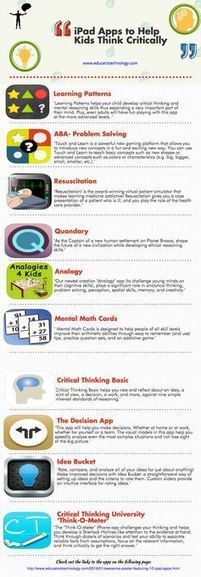Ian Quillen is a staff writer for Education Week Digital Directions.
Anonymity Encourages Cyberbullying
"While the faceless nature of the Internet can bring out the worst in cyberbullies of all shapes and sizes, it also means concerned bystanders can more easily report wrongdoing without the stigma of public identification."
"The same anonymity you use as the bully, you can use as the quote-unquote 'snitch,'" said Mike Hawkins, the coordinator and lead mentor of YOUmedia."
Opt-Out Option a Must
While many advocate for the right to use the social networks like Facebook, Twitter, and YouTube, students should know they have the option to opt out should any of those environments should become threatening because of cyberbullying.
Maintain Two (2) Profiles
Teachers who are active on Facebook should consider maintaining two profiles. Teachers could have one profile for their personal lives and another for their school persona, from which they could monitor the cyber activities of their students, the repercussions of which often spill inside the school walls.
Best Way to Intervene....
is not to limit access to social networks, but to be present and active in the "student's digital world."
The Long and Short of Bullying
In the long-run, we need to teach students how to behave appropriately in different contexts. Socialization has long been a part of the "soft skill" instruction that schools provide our students. The internet and social media are simply new contexts in which we need to expand that instruction. Cyberspace is one area that parents are "out of their element." If schools don't take up the slack, who will?
We look very old and foolish when we try to act like we can block out cyberspace. Instead of filtering out and shutting down, we should face reality and acknowledge that social media is not going away. Let's use it, not refuse it.
In the short run, schools need to make it clear to our students that mistreating other students is unaccepatable and will not be tolerated. Our schools must be a safe-haven where our smallest, weakest, and defenseless feel welcomed, safe, secure anywhere in our schools at any time. Any form of harrassment or mistreatment must be viewed as serious and treated with a sense of urgency. We must assume that we are usually the last to witness this "bad behavior" and, instead of viewing "bad behavior" as an abberation, we must assume that, if it goes on in our presence, the behavior must be ten times worse when we are not around.
Schools Legitimize Institutionalized Harrassment
Institutionalized forms of harrassment send a conflicting message to our students. Allowing seniors to yell "go home Freshmen" at pep rallies seems harmless, but is is a part of a whole range of behaviors in which one group, usually the older students, place themselves above another group that is usually younger and smaller.
Many schools unwittinly label obvious forms of hazing and harassment as "kids being kids," but it is what it is. Other forms of "institutionalized harrassment" include: initiations into clubs and other organizations, upperclassmen "taping" underclassmen in both girls and boys sports, and the seniors in the marching band "initiating" the freshmen.
We are all a part of the same team or family and everyone must be treated with respect and dignity at all times with no exceptions, period.
Note: Does your school have an anti-hazing policy?






 Your new post is loading...
Your new post is loading...


